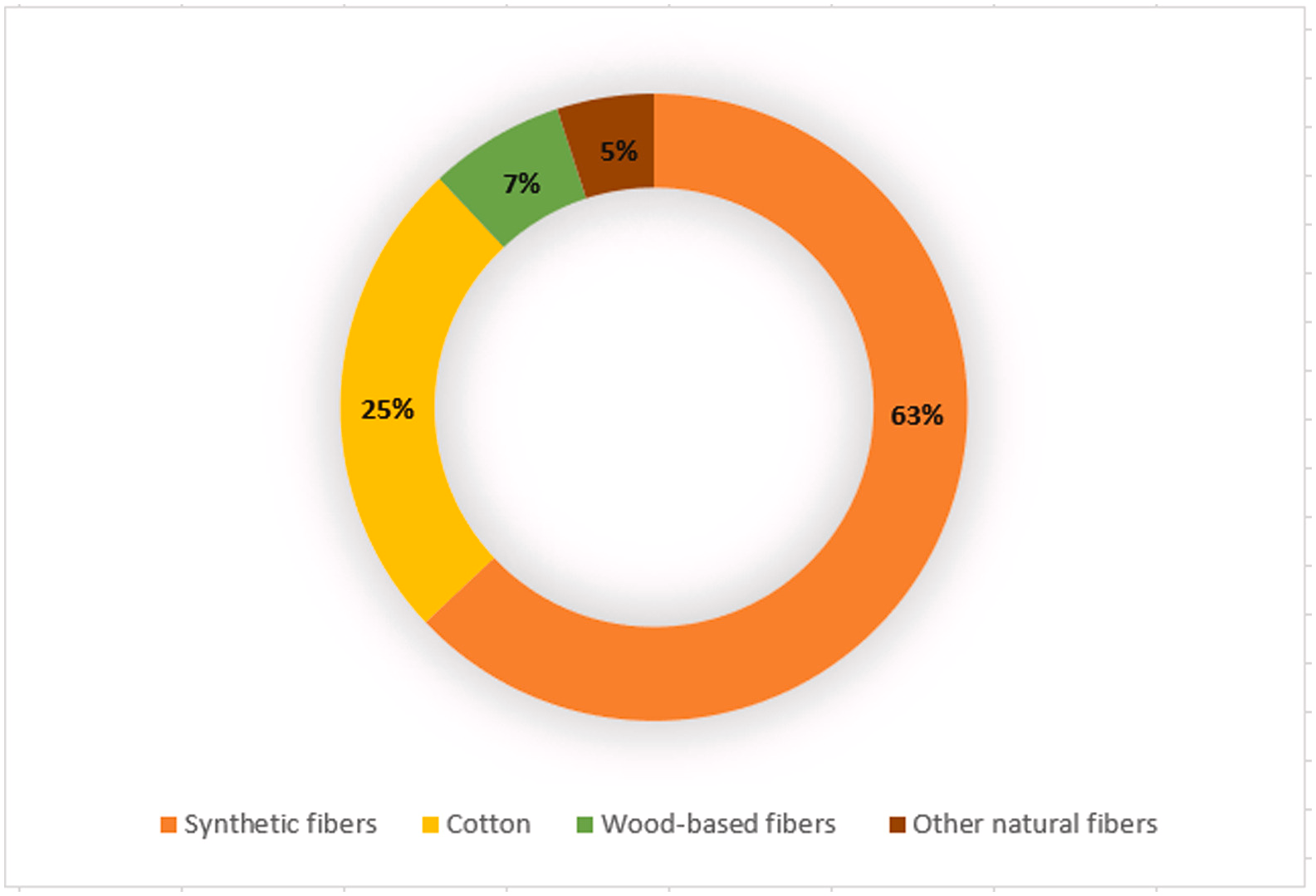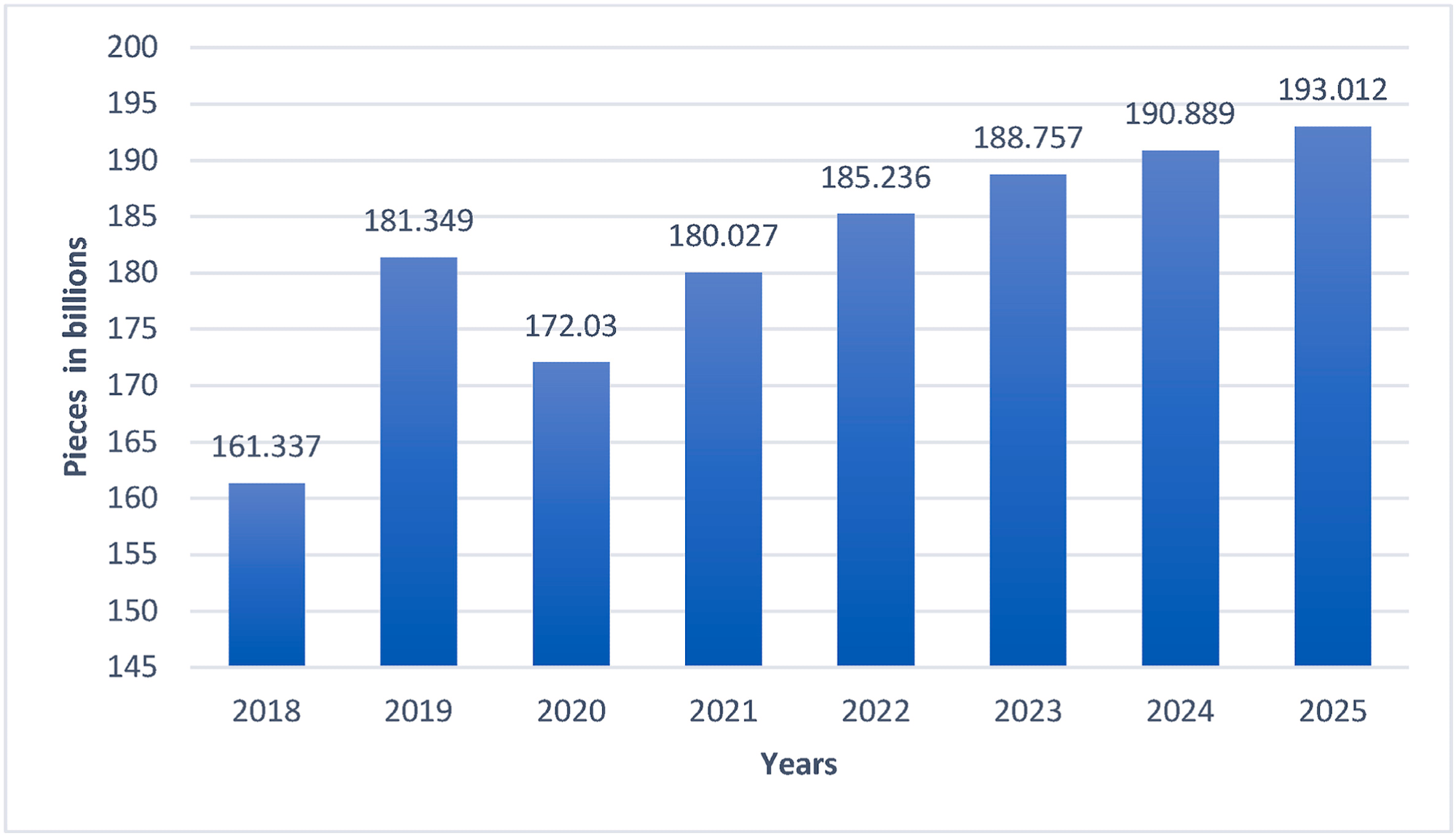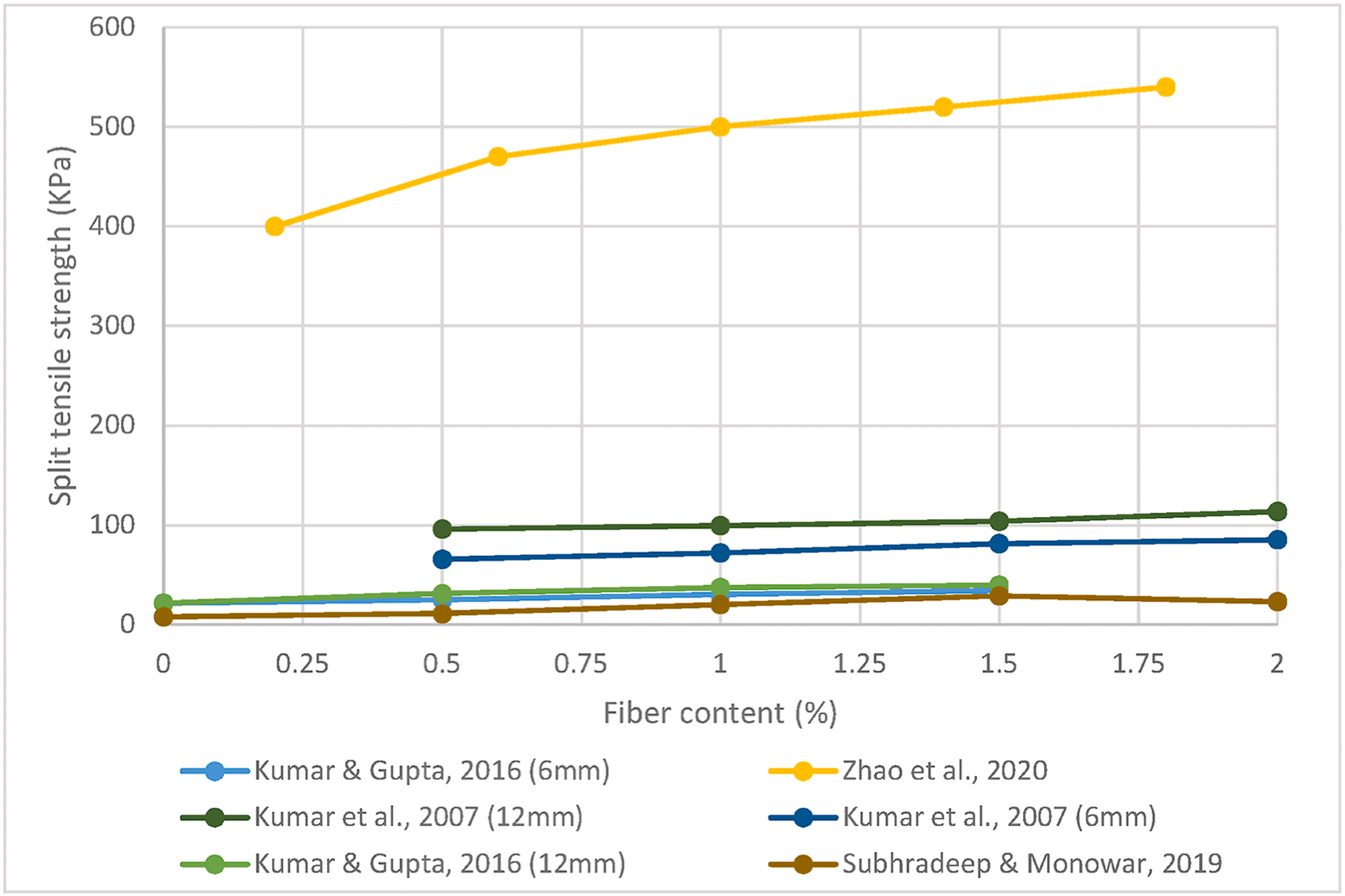Researchers from British Columbia, in their recent article published in the journal Cleaner Engineering and Technology, have not only studied and suggested various novel strategies for utilization of textile waste, but also thoroughly evaluated its effectiveness and viability.

Study: Sustainable applications of textile waste fibre in the construction and geotechnical industries: A retrospect. Image Credit: Photomann7/Shutterstock.com
Global Textile Industry and Global Pollution
Fabrics and garments are among humanity's essentials, and the global textile industry has been primarily concerned with customer satisfaction since its inception. However, with the fast rise and change of clothing styles over the past decades, textile production and trash creation rates have skyrocketed. The textile sector is the world's second-largest economic contaminant, responsible for 10% of worldwide greenhouse gas emissions and 20% of worldwide wastewater.
Fibrous debris and scrubbed substances dominate fabric by-products created throughout the energy-intensive manufacturing procedures of new apparel. This compact fibre trash is made up of a variety of organic and inorganic polymer composites, including cotton, polyester, polyethene, and others.
A major source of worry is the substantial environmental contamination produced by increasing volumes of old clothes in municipal solid waste (MSW) landfills, which are disposed of by garment customers and fashion businesses. Textile waste amounted to 5.8 percent of total dumping sites MSW, according to the US Environmental Protection Agency (USEPA) (2018).

World fibre consumption in 2019 (modified from Statista, 2020). Image Credit: Rahman et al., Cleaner Engineering and Technology
Pollution in Construction and geotechnical industries
Construction and geotechnical engineering are also widely recognised as utilizing a massive quantity of natural resources.
As a result, this article examines the physical, chemical, and toxic qualities of a variety of natural and manufactured waste fibres to establish their suitability as carbon fibre for architectural and geological reasons, to assist in lessening the pressure for scarce water resources.
The paper in the journal Cleaner Engineering and Technology addresses two major issues related to the sustainable utilisation of recyclable materials, and provides a stockpile of the field's viable implementations of textile fibre refuse in terms of economic growth, atmosphere, and achievement, as landfills have long-term environmental consequences.
Each stage of the textile production and processing cycle produces a vast amount of effluent, which has a significant harmful effect on the environment. During the de-sizing and whitening process, high biological oxygen demands (BOD) and hazardous chlorinated by-products are created.
Importance of Natural Fibres
Natural fibres come in a wide range of colours and textures. Designers in many impoverished countries have used natural fibres for soil reinforcement due to their advantages such as low cost and convenience. Natural fibres commonly utilised for soil enhancement include palm coconut husk, sisal, jute, wheat hay, and areca.
By altering the fibre quantity and fibre length, the composite's strength and stiffness may be adjusted.
As natural fibres are hydrophilic, their potential to absorb moisture is an issue. Because of the surrounding water between the fibres, a hydrodynamic tension force links them, and when it dries, each fibre is attached by adhesion forces. This effect will continue as long as capillary water exists between the fibres.

Volume of apparel in the global market from 2018 to 2025 (modified from Statista, 2020). Image Credit: Rahman et al., Cleaner Engineering and Technology
Importance of Synthetic Fibres
Artificial or man-made polymers have absorbed a portion of the total textile business in recent decades. Petroleum is the primary raw material utilised in the production of polymeric materials; polyethene, polyester, and nylon are some of the most widely manufactured synthetic fibres in the industry.
The non-biodegradability of polymeric materials creates a technical and energy problem in the constraint of landfill dumping. However, because synthetic fibres are also homogeneous, they are an excellent choice for manufactured composites. The uniformity of the fibre type facilitates the performance of numerical simulations.
Applications of Textile Waste in Construction and Geotechnical Engineering
To address the unsustainable methodology of massive waste output from the fast-developing sector, sustainability technologies influence of environmental, economics, and effectiveness must be offered. Textile waste fibre has potential uses in architecture and highway construction, including the development of sustainable acoustic and thermal insulation, novel cement (such as polymer concrete) or plastering cement, asphalt masonry, cement composites fabrication, and so on.
Modification of the subgrade layer, stability of the constructed slope and compressed earth, and enhancing the physical qualities of constructed backfill are some of the key applications of textile fibre usage in geotechnics.

Split tensile strength of soil against a varying percentage of fibre content from literature. Image Credit: Rahman et al., Cleaner Engineering and Technology
Applications in Soil Stabilization
One of the earliest and most well-established applications of discarded synthetic fibres is the technique of enhancing the mechanical characteristics of soil by including discrete fibres as reinforcing structural components. It is often regarded as a more effective substitute for traditional soil stabilisation approaches that rely on adherent clay soils, rock, Cementitious materials, and lime.
In conclusion, textile waste has great potential for utilisation in the fields of civil engineering and geosciences.
Further Reading
Rahman et al. Sustainable applications of textile waste fibre in the construction and geotechnical industries: A retrospect, Cleaner Engineering and Technology (2022), Available at: https://www.sciencedirect.com/science/article/pii/S2666790822000258?via%3Dihub
Disclaimer: The views expressed here are those of the author expressed in their private capacity and do not necessarily represent the views of AZoM.com Limited T/A AZoNetwork the owner and operator of this website. This disclaimer forms part of the Terms and conditions of use of this website.